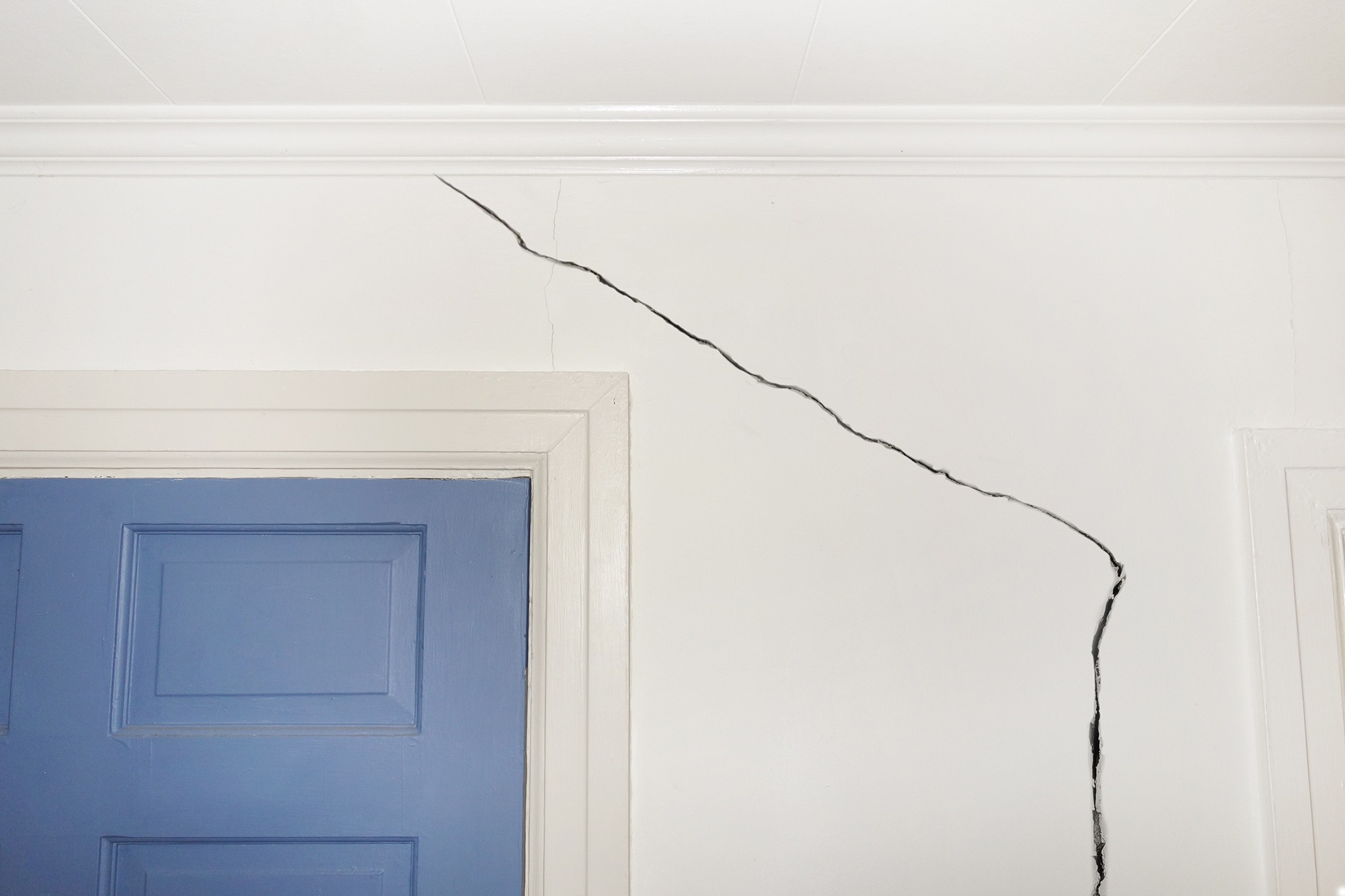

Articles
When To Worry About Cracks In Interior Walls
Modified: December 7, 2023
Learn when to worry about cracks in interior walls with our informative articles. Get expert advice on identifying and addressing potential structural issues.
(Many of the links in this article redirect to a specific reviewed product. Your purchase of these products through affiliate links helps to generate commission for Storables.com, at no extra cost. Learn more)
Introduction
Cracks in interior walls can be a cause for concern for homeowners. They not only impact the aesthetic appeal of the space but can also indicate underlying structural issues. It’s important to understand the causes and types of cracks to determine whether they are merely cosmetic or if they require immediate attention.
In this article, we will explore the various causes and types of cracks in interior walls. We will also discuss how to evaluate the severity of cracks and identify signs that warrant immediate action. Additionally, we will provide steps to address minor cracks and know when it is necessary to consult a professional.
Understanding the nuances of cracks in interior walls will empower homeowners to make informed decisions and ensure the structural integrity of their homes. Let’s delve into the details.
Key Takeaways:
- Understanding the causes, types, and severity of cracks in interior walls empowers homeowners to make informed decisions and address minor cracks. However, signs of structural issues warrant immediate professional attention to ensure the long-term stability and safety of the home.
- While minor cracks can often be addressed with DIY repairs, signs of significant structural issues, such as large or rapidly expanding cracks, horizontal cracks, or bowing walls, require immediate professional assessment and intervention. Investing in professional guidance can save time, money, and ensure the long-term stability and safety of the home.
Read more: When To Worry About Cracks In Basement Walls
Causes of Cracks in Interior Walls
Cracks in interior walls can be caused by a variety of factors, both natural and man-made. Understanding the root causes is essential to effectively address and prevent further damage. Here are some common causes of cracks in interior walls:
- Settlement: This occurs when the soil beneath the foundation of a house shifts or compresses. It can cause the walls to crack as the building adjusts to the new position. Settlement cracks are typically vertical or diagonal and are most commonly found near windows and doorways.
- Humidity and Moisture: Excessive moisture or humidity can weaken the materials used in the construction of interior walls, leading to cracks. Moisture can seep into the walls, causing the paint or wallpaper to peel and the plaster or drywall to crack. This is especially common in bathrooms and areas prone to water exposure.
- Structural Stress: Heavy objects, such as large furniture or appliances, can put stress on the walls over time. This can lead to cracks, especially if the weight is not distributed evenly or if the walls are not properly reinforced.
- Temperature Fluctuations: Extreme temperature changes can cause the materials in the walls to expand and contract, leading to cracks. This is particularly common in areas with harsh winters or hot summers.
- Improper Construction: Poor construction practices, such as inadequate mixing of materials or insufficient drying time, can weaken the walls and make them prone to cracking.
- Foundation Issues: Problems with the foundation, such as settling, shifting, or inadequate support, can cause cracks in the walls. These cracks are often accompanied by other signs of foundation damage, including uneven floors and doors that don’t close properly.
By identifying the specific cause of the cracks in your interior walls, you can effectively address the issue and prevent further damage. It’s important to consult a professional if you are uncertain about the cause or severity of the cracks.
Types of Cracks in Interior Walls
Cracks in interior walls can vary in size, shape, and severity, and understanding the different types of cracks can help determine the appropriate course of action for repair. Here are some common types of cracks found in interior walls:
- Vertical Cracks: These cracks run vertically from the ceiling to the floor or vice versa. They are usually caused by settling or normal house movement and are often less severe than horizontal cracks. Vertical cracks that are less than 1/8 inch wide are generally considered to be cosmetic and can be easily repaired.
- Horizontal Cracks: Horizontal cracks indicate a more serious issue and should be taken seriously. They are usually caused by structural issues, such as the shifting of the foundation or the presence of excessive hydrostatic pressure against the walls. Horizontal cracks can lead to further damage and should be evaluated by a professional.
- Stress Cracks: Stress cracks are thin, hairline cracks that are typically caused by structural stress or settling. They are often found in older homes or in areas where there is a significant temperature fluctuation. Stress cracks are usually cosmetic in nature and can be repaired with the right techniques.
- Diagonal Cracks: Diagonal cracks can indicate a serious structural issue. They can be caused by foundation settlement, improper wall construction, or excessive weight on the walls. These cracks should be evaluated by a professional to determine the underlying cause and the appropriate repair method.
- Spiderweb Cracks: Spiderweb cracks, also known as craze cracks, are fine, interconnected cracks that resemble a spider’s web. They are commonly caused by the aging and drying of paint or plaster and are usually cosmetic. Spiderweb cracks can be easily repaired by cleaning the surface and applying a fresh coat of paint or plaster.
It’s important to note that the severity of a crack cannot be determined solely based on its type. The size, location, and direction of the crack are also important factors to consider. If you are unsure about the severity of the cracks in your interior walls, it is recommended to consult with a professional to assess the situation and recommend appropriate repairs.
Evaluating the Severity of Cracks
When cracks appear in interior walls, it is essential to evaluate their severity to determine the appropriate action to take. Understanding the severity of the cracks can help you decide whether you can address the issue yourself or if you need to consult a professional. Here are some factors to consider when evaluating the severity of cracks in interior walls:
- Width of the Crack: The width of the crack is an important indicator of its severity. Generally, cracks wider than 1/8 inch are considered significant and may indicate structural problems. On the other hand, hairline cracks (less than 1/16 inch wide) are usually cosmetic and can be repaired easily.
- Length and Direction: The length and direction of the crack can provide insight into the underlying issue. Vertical or diagonal cracks that span from the ceiling to the floor or vice versa may be related to settling or structural movement. Horizontal cracks may be a sign of foundation issues. Cracks that are jagged or irregular in shape may require further investigation.
- Location: The location of the crack within the wall is also important to consider. Cracks near the corners of doors and windows are common and may be a result of normal settlement. However, cracks that appear around the edges of doors or windows and continue to expand may indicate a structural problem that requires immediate attention.
- Additional Damage: Assessing for any additional damage associated with the cracks is crucial. Look for signs of displacement, bulging, or sagging in the walls or ceilings. Cracks accompanied by these issues may indicate more significant structural problems that require professional intervention.
- Rate of Progression: Evaluate whether the cracks are stable or if they are growing rapidly. Cracks that are rapidly widening or increasing in number may indicate an urgent problem that needs immediate attention.
Keep in mind that while some cracks may appear superficial, they could still be indicative of underlying structural issues. If you are unsure about the severity of the cracks or if they are causing you concern, it is best to consult with a qualified professional who can perform a thorough inspection and provide expert advice on the appropriate course of action.
If you notice cracks in your interior walls that are wider than 1/8 inch, or if they are accompanied by other signs of structural issues such as bowing or sagging, it’s time to consult a professional for an assessment.
Signs that Warrant Immediate Attention
While not all cracks in interior walls require immediate action, there are certain signs that should not be ignored. These signs indicate potentially serious structural issues that warrant immediate attention. Here are some signs that indicate you should seek professional assistance without delay:
- Large or Rapidly Expanding Cracks: Cracks that are wider than 1/8 inch or are rapidly expanding indicate a significant problem. These cracks may indicate structural issues, foundation problems, or compromised load-bearing walls. Immediate attention is necessary to prevent further damage.
- Horizontal Cracks: Horizontal cracks are usually more concerning than vertical cracks. They may indicate a serious issue with the foundation, such as excessive pressure or shifting. These cracks can compromise the structural integrity of the building and require professional evaluation.
- Bowing or Bulging Walls: If you notice significant bowing or bulging in the walls, it is a clear sign of a structural problem. This may be caused by foundation settlement, water damage, or excessive weight. Immediate action is crucial to prevent collapse or further damage.
- Visible Gaps: If you can see noticeable gaps between the walls and ceilings or around windows and doors, it indicates movement in the structure. This could be due to settling, shifting, or inadequate support. Prompt attention is essential to address the underlying issue and prevent further damage.
- Cracks Accompanied by Doors or Windows Not Closing Properly: If you notice that doors or windows suddenly have difficulty closing or are sticking, it may be a clear indication of structural movement. This can result in misalignment and compromised stability. Immediate professional evaluation is necessary to identify and address the problem.
- Sagging or Uneven Floors: If you observe sagging or uneven floors along with cracks in the walls, it is an indication of a significant issue with the foundation. This may lead to further structural damage and should be assessed by a professional without delay.
It’s important to remember that the presence of one or more of these signs does not automatically mean your home is in imminent danger. However, it is crucial to have a professional inspection to determine the underlying cause of the issues and take appropriate action to prevent further damage. Neglecting these warning signs may result in more extensive and costly repairs in the future.
Steps to Address Minor Cracks
Minor cracks in interior walls can often be addressed with simple DIY repairs. Here are some steps you can take to address minor cracks:
- Clean the Crack: Begin by cleaning the crack and its surrounding area with a mild detergent and water. Use a brush or sponge to remove any dirt, dust, or loose particles. This will ensure that the repair material adheres properly.
- Fill the Crack: Apply a high-quality, flexible, and paintable filler or patching compound to the crack. Use a putty knife or a caulking gun to fill the crack, making sure to smooth out the surface. Follow the manufacturer’s instructions for the specific product you are using.
- Smooth and Blend: Once the filler is applied, use a putty knife or a damp cloth to smooth out the surface and blend it with the surrounding wall. This will create a seamless finish. Allow the filler to dry completely before proceeding to the next step.
- Sand and Prime: After the filler has dried, gently sand the surface to create a smooth and even finish. Use fine-grit sandpaper and be careful not to apply too much pressure. Once sanded, wipe away any dust and apply a coat of primer to the repaired area. This will help the paint adhere better.
- Paint the Wall: Finally, apply a coat of paint that matches the existing wall color to the repaired area. Allow the paint to dry completely before evaluating the results. If necessary, apply an additional coat for a seamless blend.
It’s important to note that these steps are suitable for minor cracks that are primarily cosmetic and do not indicate significant structural issues. If you have any doubts or concerns about the severity of the crack or your ability to repair it, it is always best to consult with a professional.
Remember that these DIY repairs are typically suitable for small cracks. If you notice larger or rapidly expanding cracks, horizontal cracks, or signs of more significant structural issues, it is best to seek professional help to ensure a thorough assessment and appropriate repairs.
When to Consult a Professional
While minor cracks in interior walls can often be repaired by homeowners, there are certain situations that warrant the expertise of a professional. Here are some instances when it is best to consult a professional:
- Large or Rapidly Expanding Cracks: If you notice cracks wider than 1/8 inch or cracks that are rapidly expanding, it is a clear indication of a serious issue. These cracks may be a sign of structural problems, foundation issues, or compromised load-bearing walls. A professional assessment is crucial to determine the underlying cause and provide appropriate repairs.
- Horizontal Cracks: Horizontal cracks in interior walls are usually more concerning than vertical cracks. They can indicate significant foundation problems, excessive pressure, or shifting. These cracks should be evaluated by a professional to prevent further damage and ensure the structural integrity of the building.
- Bowing or Bulging Walls: Significant bowing or bulging in the walls is a clear sign of structural issues. This can be caused by foundation settlement, water damage, or excessive weight. Professional intervention is necessary to determine the underlying problem and provide the appropriate solutions to prevent collapse or further damage.
- Visible Gaps: If you observe noticeable gaps between the walls and ceilings or around windows and doors, it indicates movement in the structure. This may be a result of settling, shifting, or inadequate support. Consulting a professional is essential to identify the cause and address the underlying issue effectively.
- Cracks Accompanied by Doors or Windows Not Closing Properly: If cracks are accompanied by doors or windows that suddenly have difficulty closing or are sticking, it is a clear indication of structural movement. This can lead to misalignment and compromised stability. A professional evaluation is necessary to identify and address the problem before it worsens.
- Sagging or Uneven Floors: If you notice sagging or uneven floors along with cracks in the walls, it is a significant warning sign of foundation problems. This can result in further structural damage and should be assessed by a professional to prevent costly repairs in the future.
Remember, while these signs may indicate the need for professional assistance, it’s always best to consult with a qualified expert for a thorough assessment. They will have the knowledge, experience, and tools necessary to accurately diagnose the issue and provide appropriate solutions.
Don’t hesitate to contact a professional if you have any concerns about the severity of the cracks or if you’re unsure about the appropriate course of action. Investing in professional guidance can save you time, money, and ensure the long-term stability and safety of your home.
Conclusion
Cracks in interior walls can be a cause for concern, but understanding their causes, types, and severity is essential to determine the appropriate course of action. While some cracks may be purely cosmetic, others may indicate underlying structural issues that require immediate attention and professional intervention.
By identifying the causes of cracks, such as settlement, humidity, structural stress, temperature fluctuations, improper construction, or foundation issues, homeowners can better understand the root of the problem. Evaluating the severity of cracks based on width, length, location, additional damage, and progression can help determine the urgency of repair or the need for professional consultation.
There are steps that homeowners can take to address minor cracks, such as cleaning the crack, filling it with proper filler or patching compound, and applying a smooth finish. However, it’s important to consult a professional when cracks are large, rapidly expanding, horizontal, or accompanied by other signs like bowing walls, visible gaps, difficulty in closing doors or windows, or sagging floors.
In some cases, it is best to rely on the expertise of a professional who can provide a thorough assessment, accurately diagnose the issue, and implement the appropriate repairs. This is particularly crucial for cracks that indicate foundation problems, significant structural issues, or compromised load-bearing walls.
Remember, neglecting cracks in interior walls can lead to further damage, compromise the structure’s integrity, and result in more costly repairs in the long run. Seeking professional help when needed ensures the stability, safety, and longevity of your home.
By being proactive, addressing minor cracks promptly and seeking professional guidance when necessary, homeowners can maintain the beauty and structural integrity of their interior walls, providing a safer and more comfortable living space for themselves and their families.
Frequently Asked Questions about When To Worry About Cracks In Interior Walls
Was this page helpful?
At Storables.com, we guarantee accurate and reliable information. Our content, validated by Expert Board Contributors, is crafted following stringent Editorial Policies. We're committed to providing you with well-researched, expert-backed insights for all your informational needs.
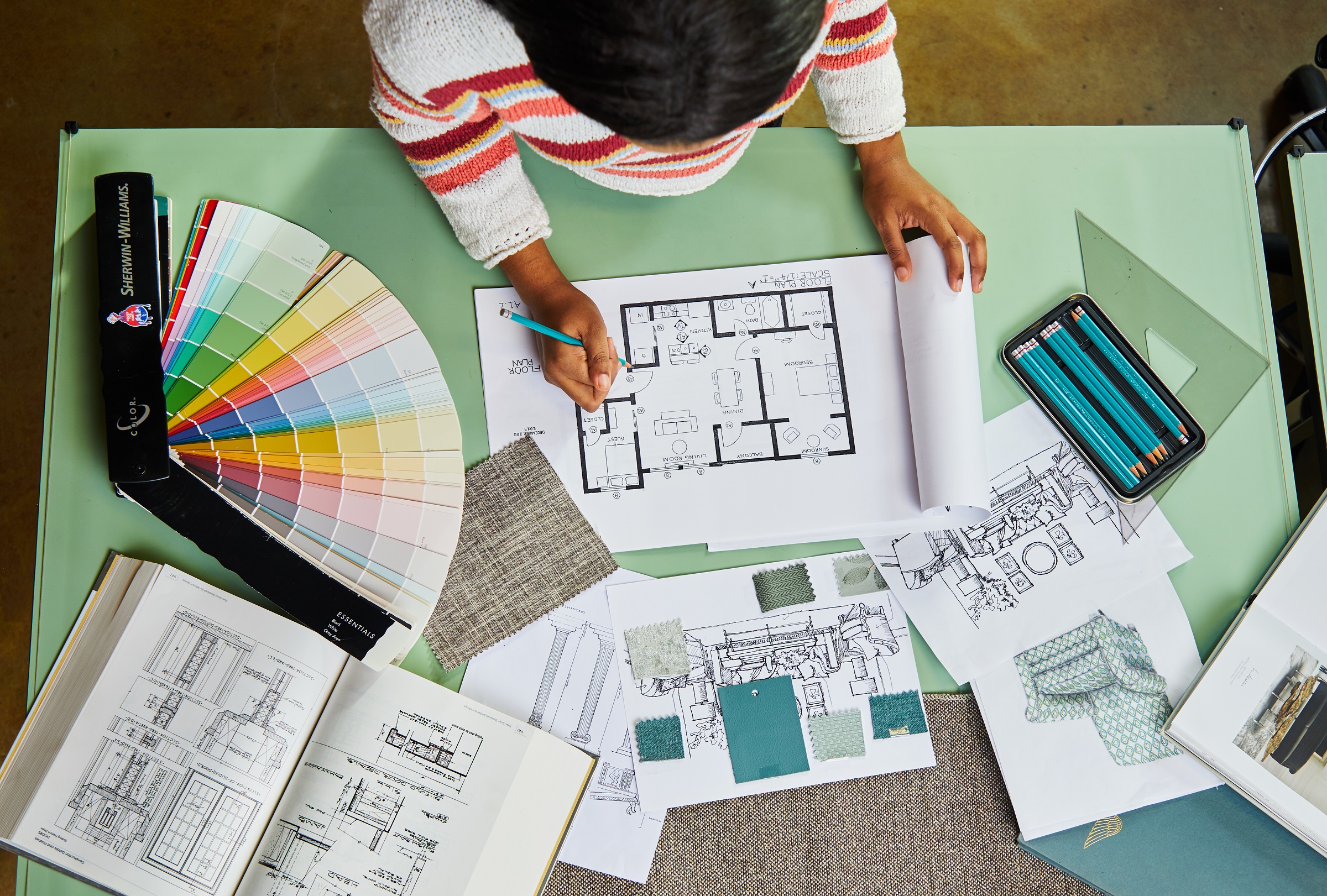
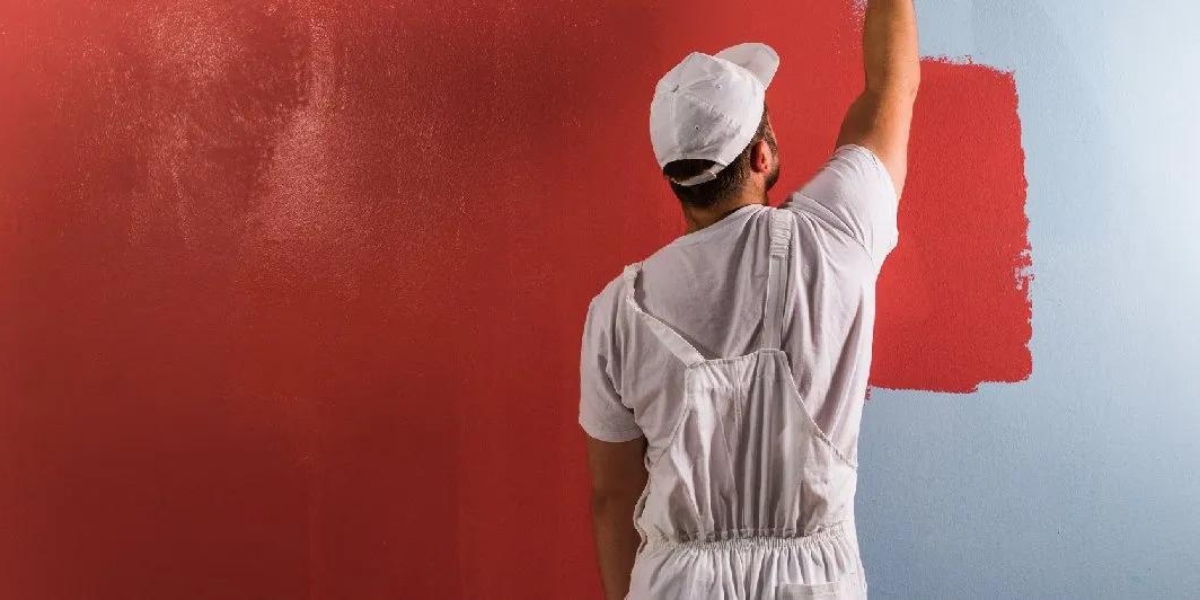
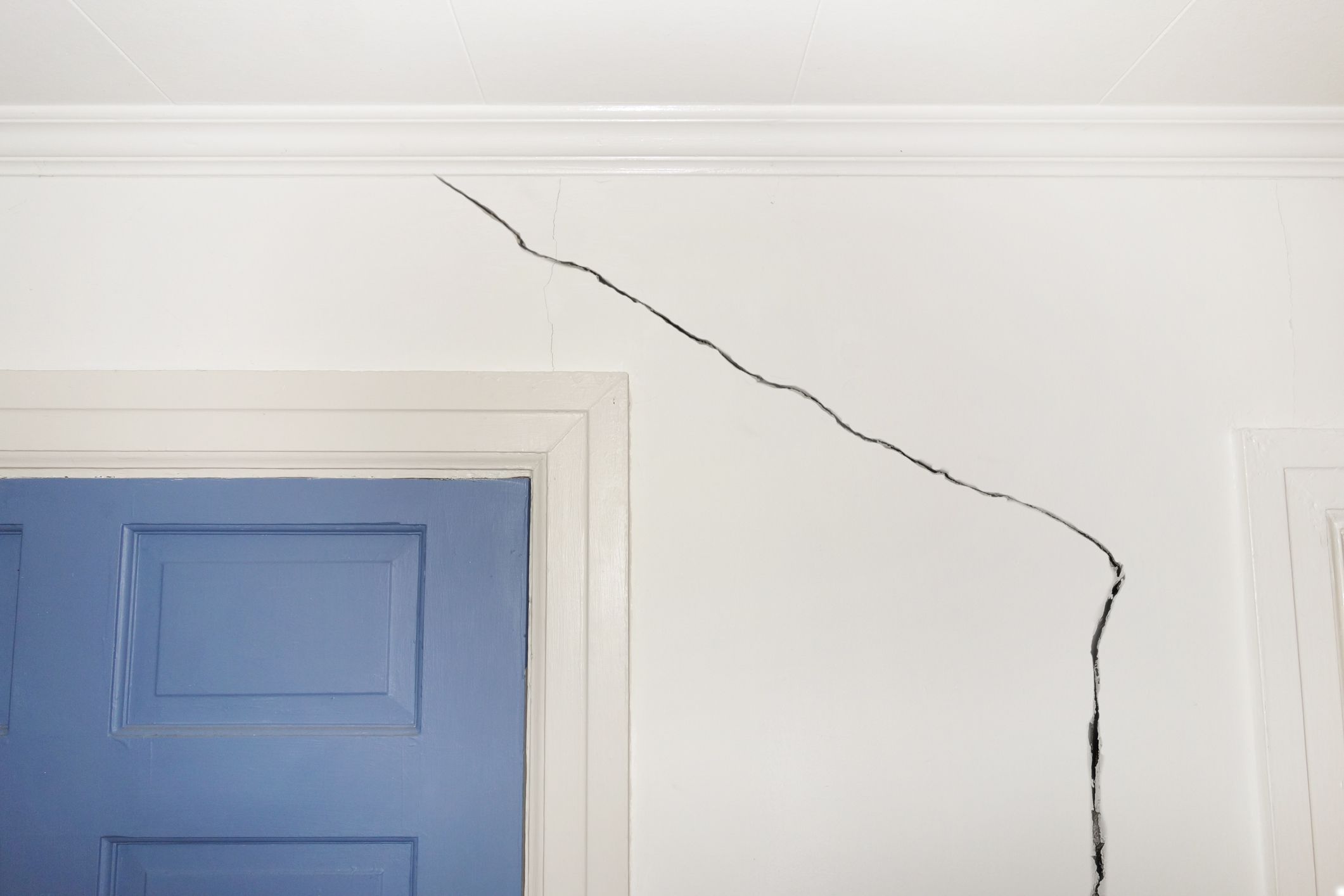
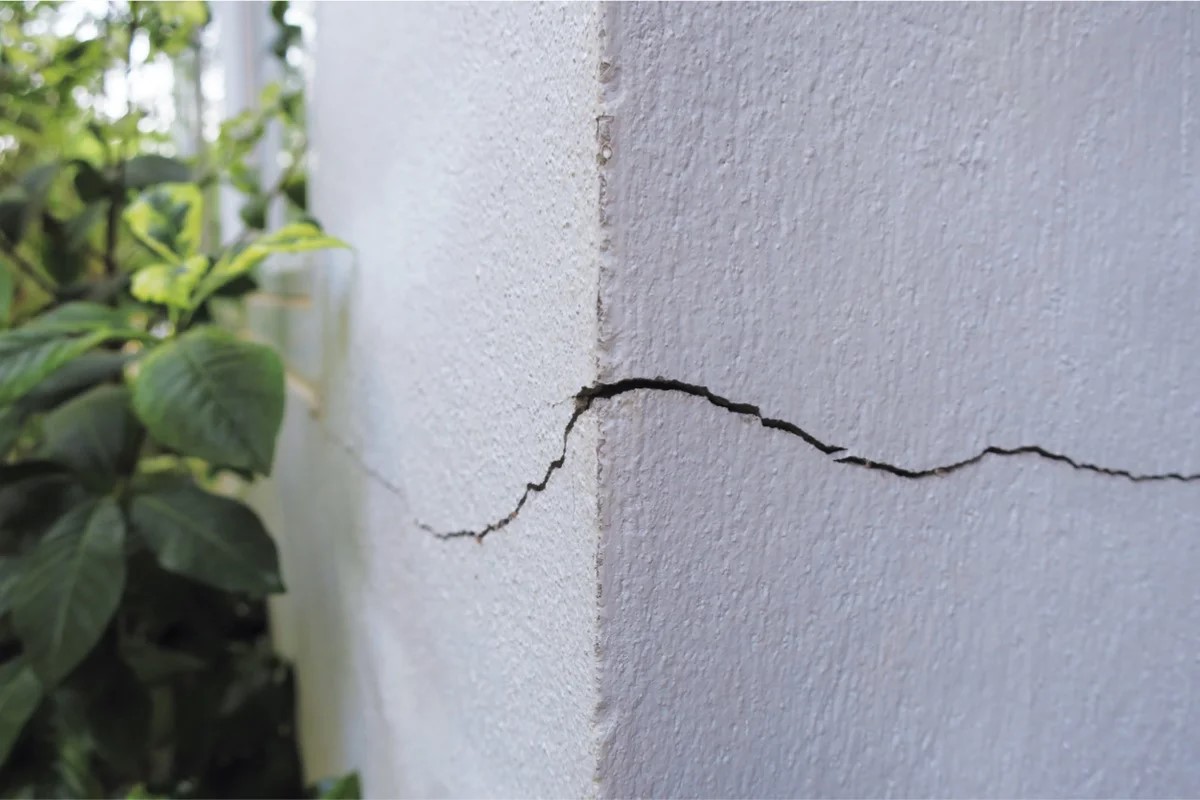
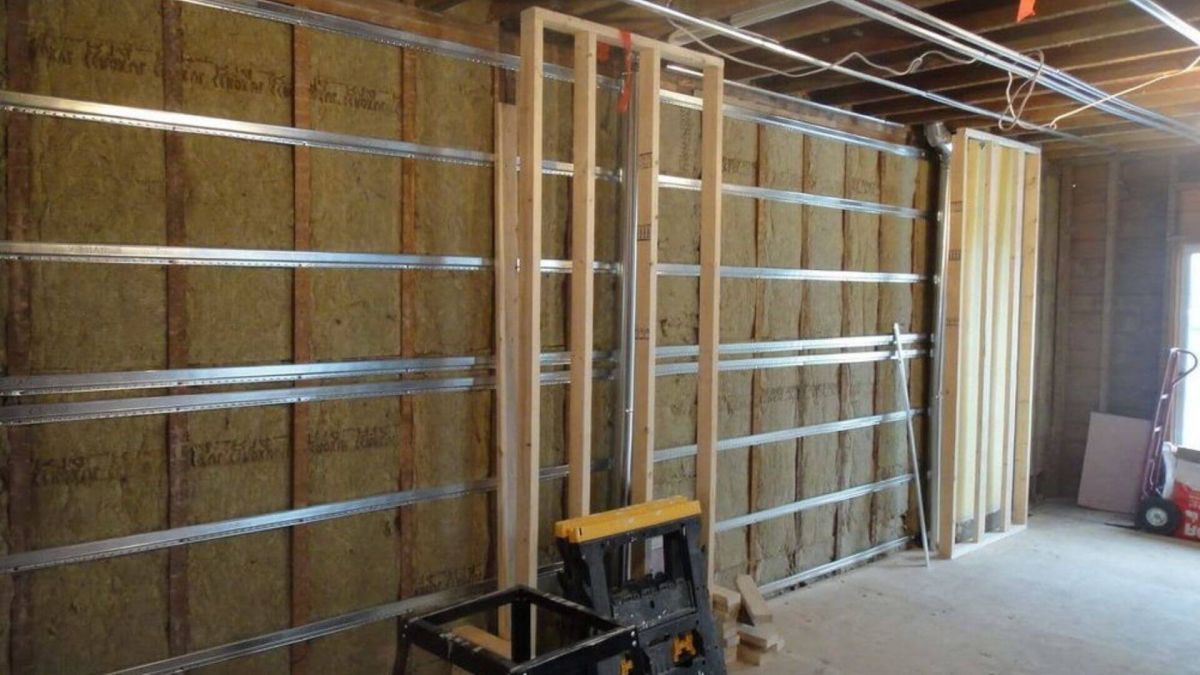
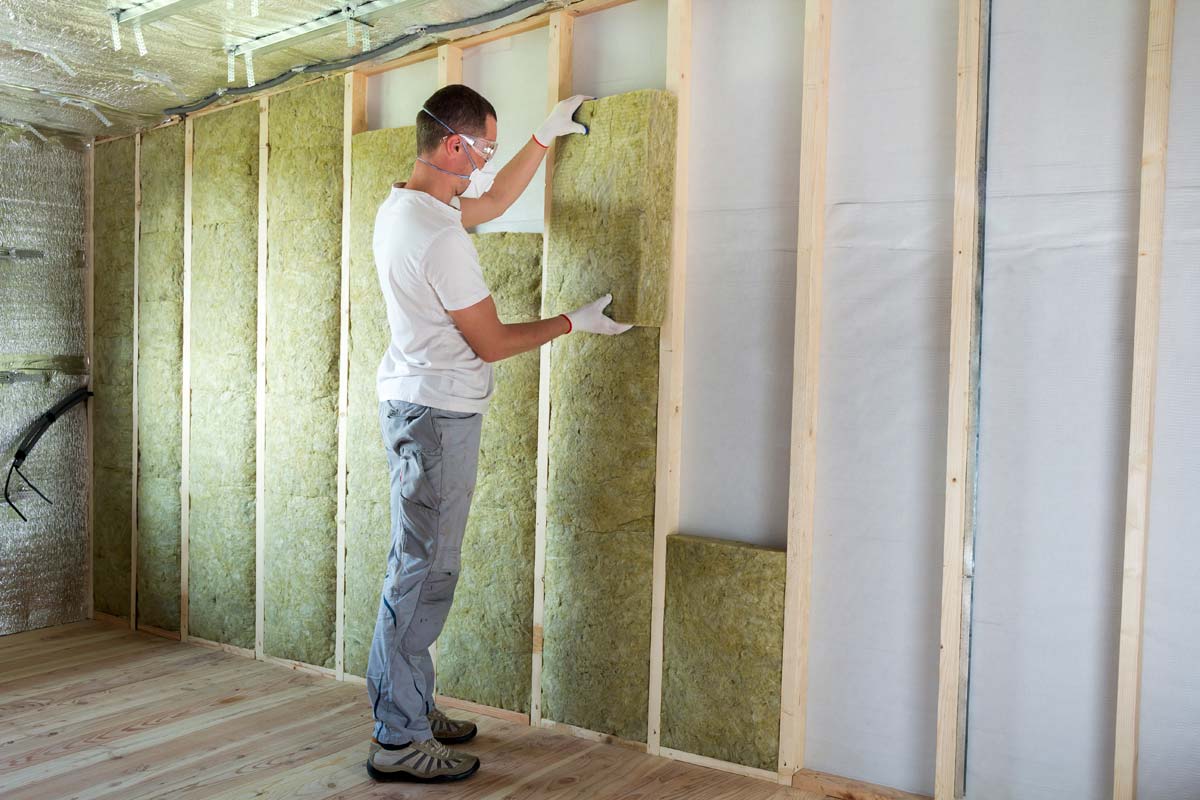
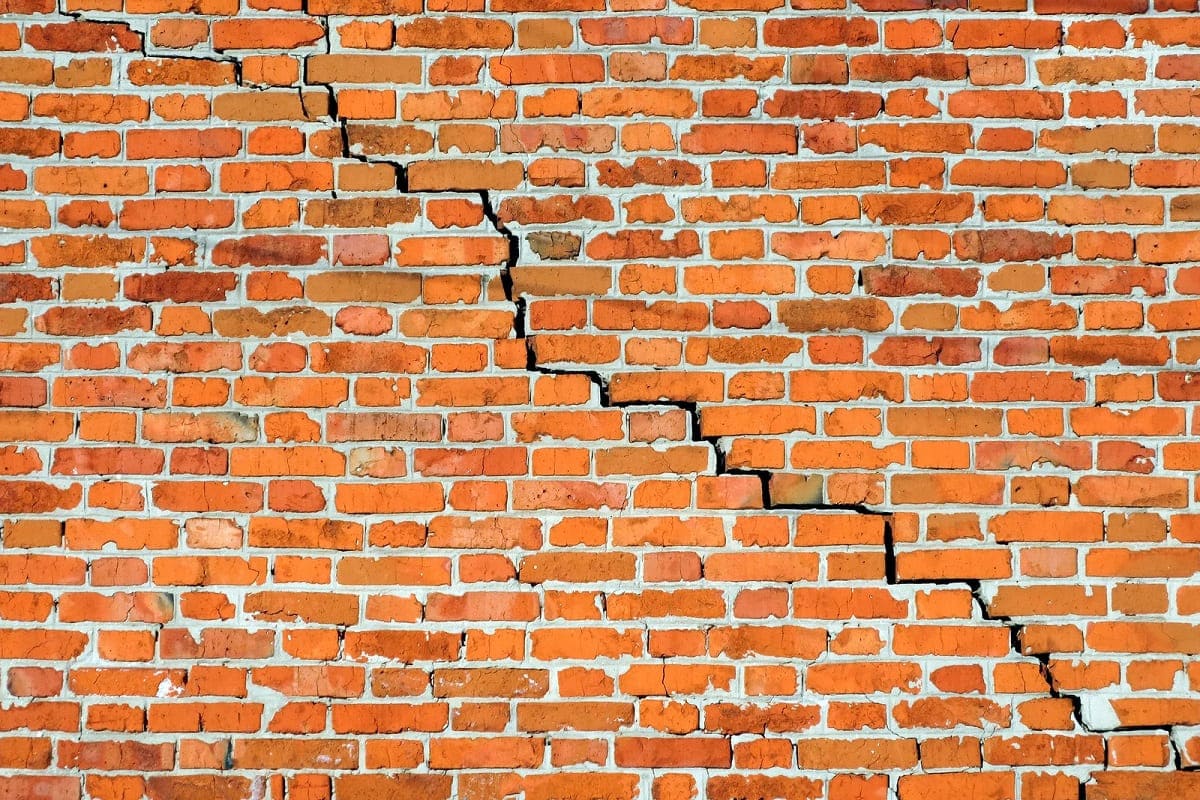
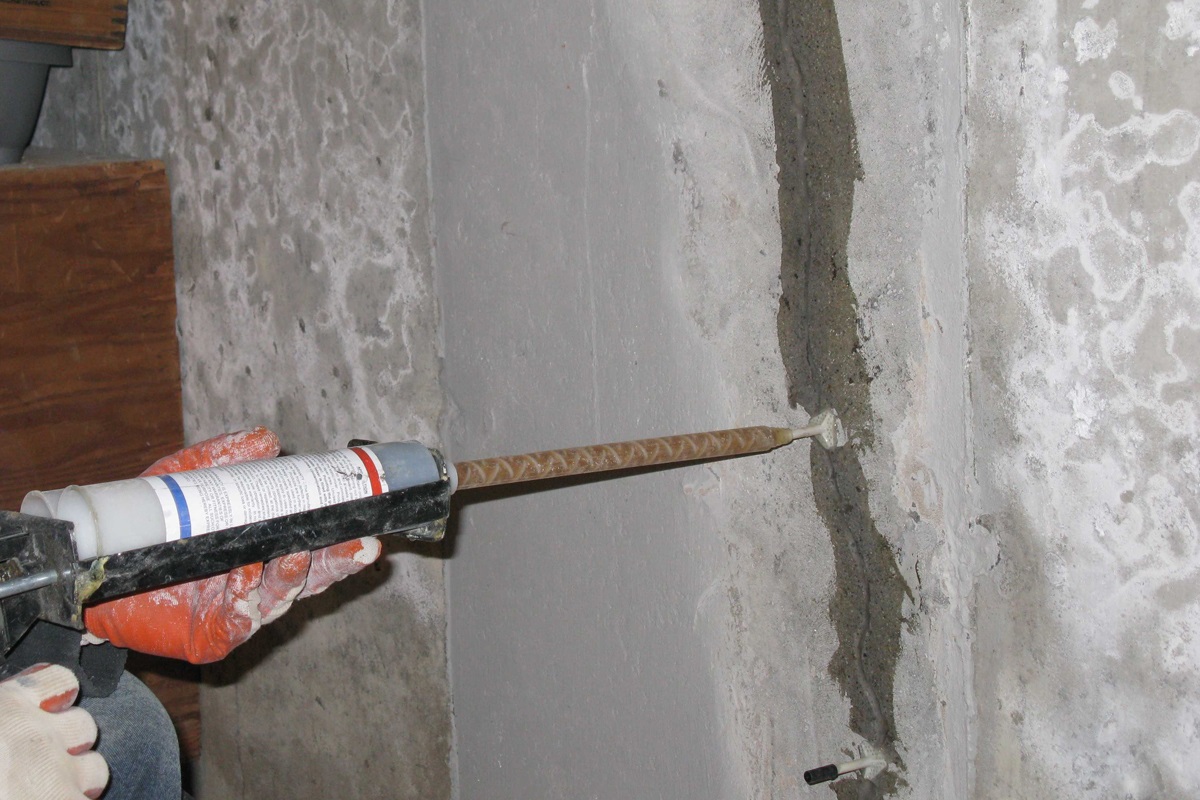
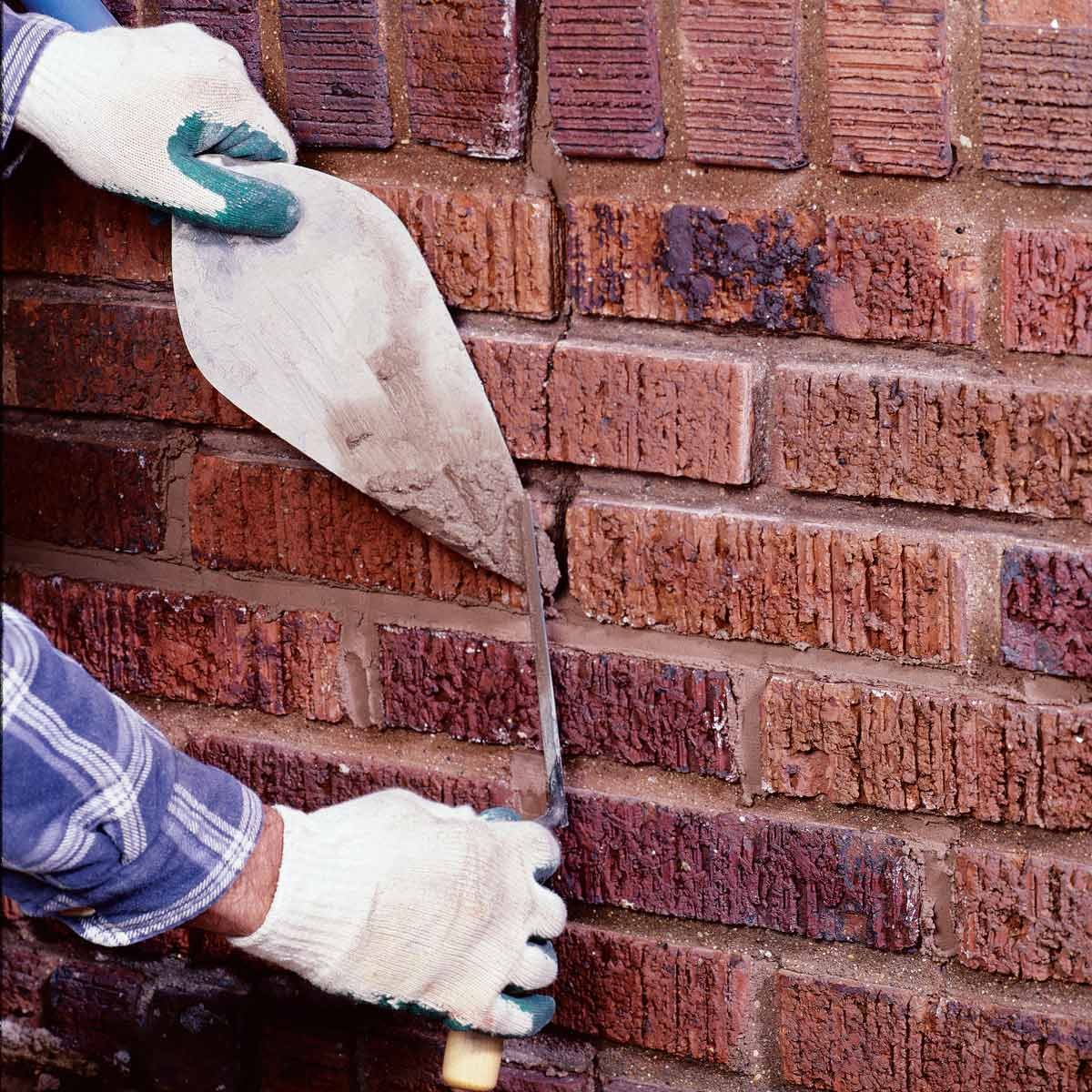

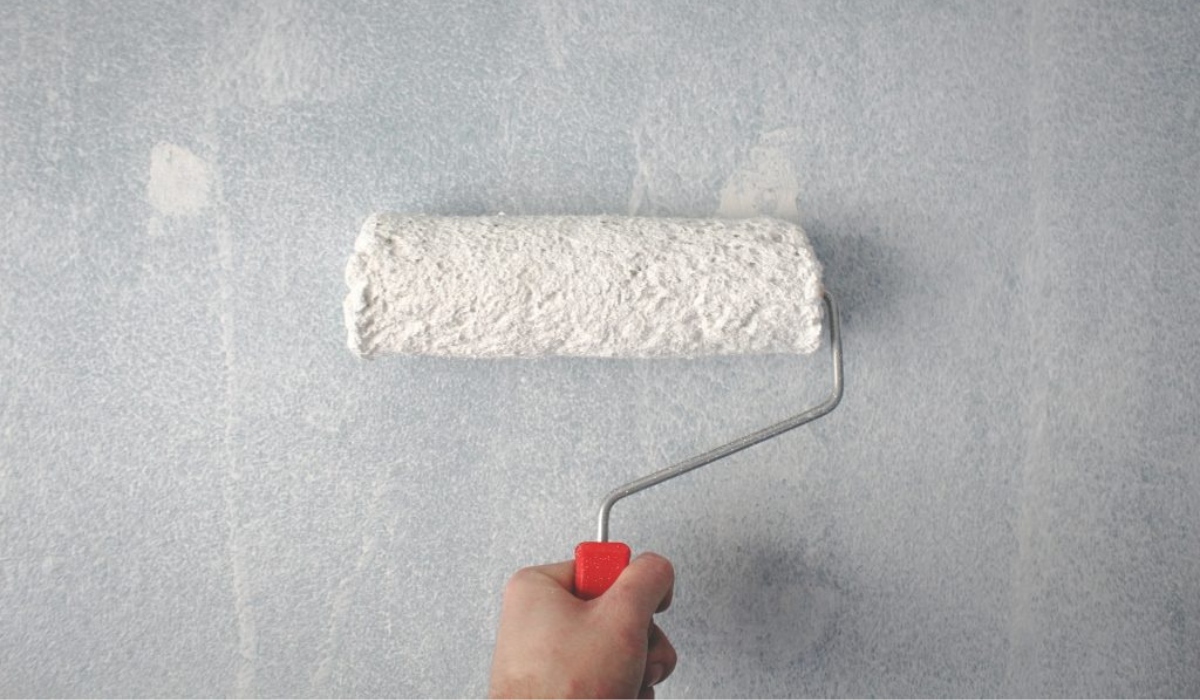

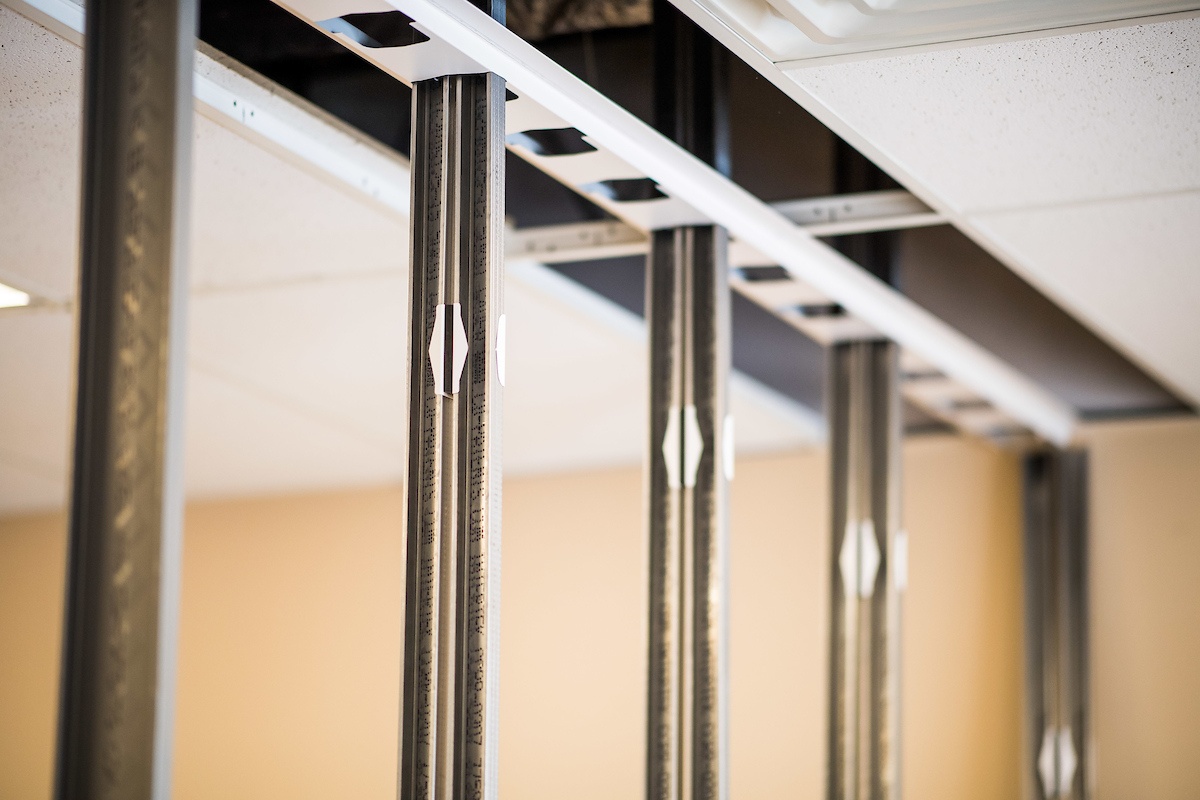
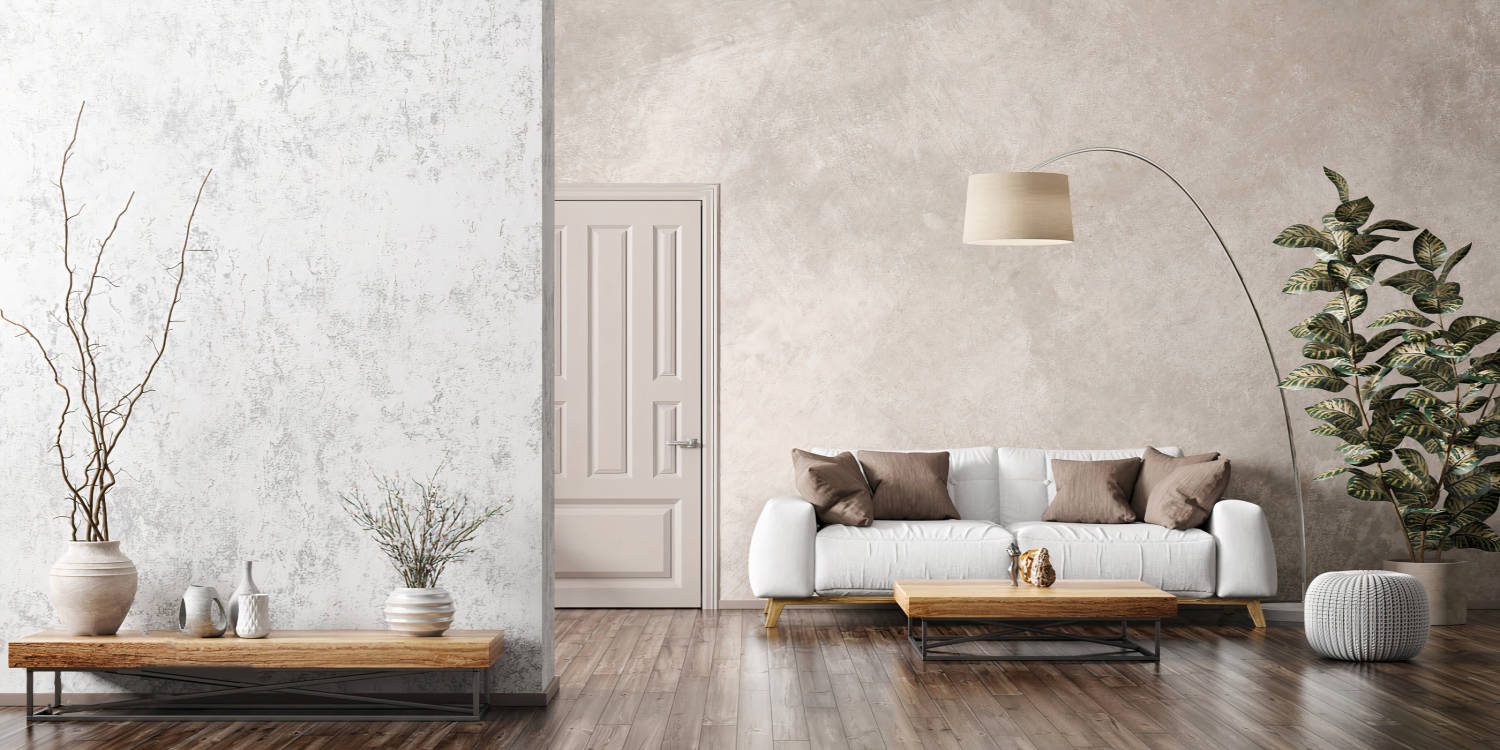

0 thoughts on “When To Worry About Cracks In Interior Walls”